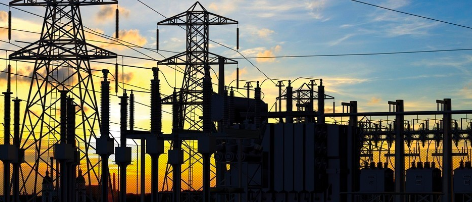Understand how the circuit works

Different Types of Electrical Circuits and How do they Work
There can be many different types of electrical circuits. However, not all such connections are desirable from the point of view of the safety of your workplace.
A short circuit is a situation where a low-resistance electricity flow path is created accidentally, like when two wires come in close contact with one another and electric current starts to flow along a path that is different from that of the circuit. This is a potentially dangerous situation where a lot of electric current starts to flow through electrical components not designed to handle it. A large amount of heat may be generated resulting in fires. That is why, as a safety-conscious business owner, you should ensure that high-quality fuses and circuit breakers are installed within the electrical system at your commercial spaces.
These components automatically open the electrical circuit and break the flow of electric current when there is more-than-average flow of current. This prevents electric current from heating up the components of your lighting devices and damaging them.
As the name suggests, a parallel electrical circuit is made up of a number of electrical circuits that derive power from the same source of electricity. For instance, like the wiring system of a house, you may choose to create parallel circuits throughout your commercial premises where all the lights and other electrical appliances will be powered from the same electrical source.
Even if one lighting devices fails to operate, power is still supplied to all the other lights, and your office space is never in darkness. On the other hand, if there is a short circuit, the fuse and the circuit breakers swing into operation and disrupt the flow of electricity. The voltage again comes back to zero, and a potential disaster is prevented. The following diagram shows two situations of a parallel circuit: when it is operating as it should and when there is a short circuit.
In a series circuit, all the elements are connected end-to-end, and electric current with the same voltage flows through these components in a sequential manner. The total voltage flowing through the entire circuit is the sum of the voltages passing through each component.
However, a major disadvantage of a series circuit is that if one lighting device in the circuit does not operate (is damaged or fails to light up for any reason), all the lights in the series will not be lighted because the circuit has been broken. That is why, a series circuit is unsuitable in business premises. After all, you will not want your production activities to come to a stop if one bulb somewhere within the premises fails to light up. On the other hand, all the lighting devices in a parallel circuit have their own circuits. If one lighting device fails, the circuits of the others are unaffected.
The above-mentioned pieces of information about electrical circuits in the context of light bulbs will help you make the electrical systems at your workplace safe for your employees and equipment. This knowledge will ensure that your lighting devices are always powered by a steady supply of electric current and are not damaged during a short circuit. This, in turn, ensures that these devices perform optimally by providing adequate illumination, lasts long, and increases the return on your investment.
If you have these qualifications and skills, you are well on the way to embarking on a career in one of the most exciting industries out there.
